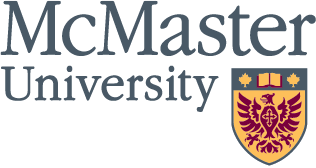June 4, 2002
posted June 4: Nearing final phase of construction for AIC Wing
Read More
 Share
Share
SHARE WITH YOUR FRIENDS
Pick one or more destinations:
0
0
0
×
June 4, 2002
Posted June 4: Sixth annual McMaster Marauder Scholar brunch honours student-athletes
Read More
 Share
Share
SHARE WITH YOUR FRIENDS
Pick one or more destinations:
0
0
0
×
May 31, 2002
Posted May 31: Engineering alumni share their career experiences with students
Read More
 Share
Share
SHARE WITH YOUR FRIENDS
Pick one or more destinations:
0
0
0
×
May 31, 2002
Posted May 31: Alumni Gallery celebrates 20 years with 12 new inductees
Read More
 Share
Share
SHARE WITH YOUR FRIENDS
Pick one or more destinations:
0
0
0
×
May 30, 2002
Posted May 30: May@Mac a success
Read More
 Share
Share
SHARE WITH YOUR FRIENDS
Pick one or more destinations:
0
0
0
×

